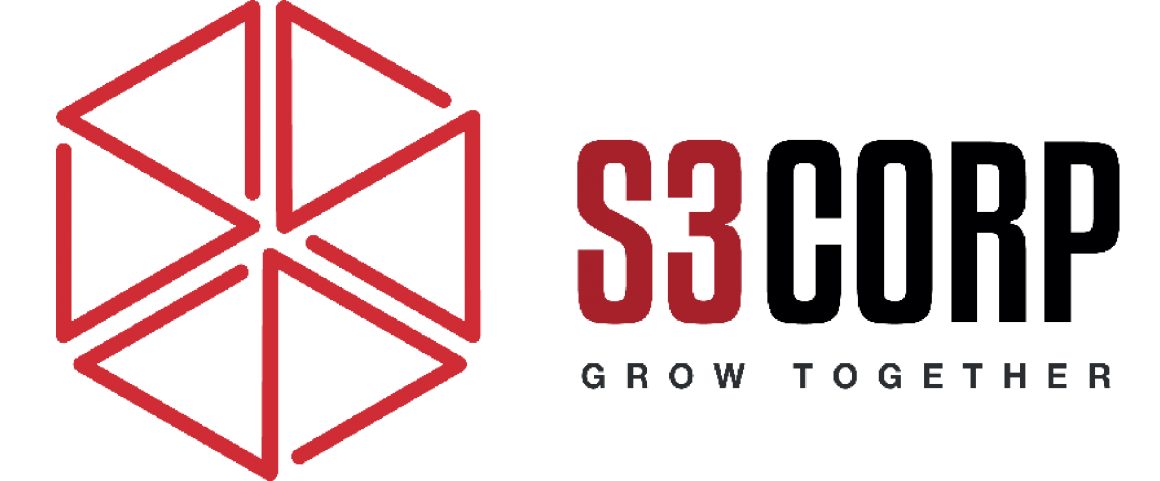Boost Your Sitecore 7 Performance: Practical Tips and Tricks
— September 13, 2016Sitecore 7 has arrived, generating significant excitement among developers and users. Many are exploring its features, downloading the software, and even upgrading their existing sites. With its performance-focused architecture and scalability enhancements, Sitecore 7 is a powerful tool, but transitioning to it or optimizing its features requires a clear understanding of its capabilities and potential pitfalls. This guide offers detailed tips, tricks, and solutions to common issues, helping you navigate Sitecore 7 effectively and efficiently.
Optimizing Queries and Index Usage
To fully leverage Sitecore 7′s performance enhancements, focus on indexing and query optimization. Avoid repeatedly accessing the database by storing frequently queried data directly in the index. This minimizes database lookups, streamlining your processes and improving response times. Use GetItem() or GetField() only when absolutely necessary, such as when enabling Page Editor support in the Runtime Placeholder (RTP).
For developers using LINQ, prototyping queries in tools like LINQPad or the LinqScratchPad is invaluable. This practice allows you to test and refine your queries without restarting your application pool, saving time during development. Additionally, familiarize yourself with configuration files like Sitecore.ContentSearch.Lucene.DefaultIndexConfiguration.config or Sitecore.ContentSearch.Solr.Indexes.config, depending on your chosen provider. These files are central to Sitecore’s indexing framework and will help you understand how to fine-tune your setup.
Exploring Configuration Changes
A differential analysis of the configuration files between Sitecore 6.6 and Sitecore 7 can highlight changes and new features. Tools like Beyond Compare make this process easier, allowing you to pinpoint updates and extensions. Pay close attention to new configuration files, as they often introduce key features or extension points critical for customizing Sitecore 7 to suit your needs.
Sitecore 7′s default settings are optimized for handling up to one million items efficiently. However, these configurations may not align with the specific scale of your project. Adjust the settings in your configuration files based on the volume and type of content you manage to maintain optimal performance.
Performance Testing
Incorporate performance testing into your sitecore development workflow. While Sitecore 7 is designed for scalability, improper usage can lead to performance bottlenecks. For instance, failing to paginate data queries may result in large datasets being loaded into memory, severely impacting application speed. Regularly evaluate your solution’s performance to ensure that it meets your benchmarks and expectations.
Setting Up Unit Testing
A solid unit testing environment is critical for ensuring the stability and reliability of your Sitecore 7 project. Use established prototypes and best practices for configuring your testing framework. This not only allows you to catch potential issues early but also helps maintain consistent functionality throughout development.
Addressing Common Pitfalls
When creating Plain Old CLR Objects (POCOs), ensure that all properties are declared as public with get and set accessors. Internal, private, or protected properties cannot be mapped effectively, leading to errors. Additionally, executing LINQ queries outside the scope of an open context is a frequent mistake. Always run LINQ queries within an open context to the index. Closing the context prematurely will prevent the query from executing.
Another common issue involves type conversion. Sitecore 7 uses TypeConverters to map index values back to properties and prepare values for indexing. Incorrect TypeConverter usage can result in unexpected query outcomes. Similarly, ensure that fields are correctly flagged as TOKENIZED or UNTOKENIZED and that the appropriate Analyzer is applied for each field or language. Misconfigurations in these areas can significantly affect query accuracy.
Managing Indexing
Efficient indexing is a cornerstone of Sitecore 7′s architecture. If you store extensive media in the media library, be aware that this can slow down the indexing process, particularly if IFilters are installed to index the internal content of media files. Consider whether indexing media content is necessary for your project and adjust your setup accordingly.
Rebuilding the entire index is sometimes necessary when making significant configuration changes. This ensures that all content items are evaluated under the updated settings, maintaining consistency across your solution. However, use this approach judiciously, as frequent full-index rebuilds can be time-consuming.
Understanding IQueryable Limitations
While Sitecore 7 supports many IQueryable interface methods, it does not implement all of them. Features like Join and Union may not be available, depending on the provider. Review the documentation for a comprehensive list of supported IQueryable members to avoid unexpected limitations during sitecore development.
Evaluating Item Buckets
Item Buckets are a powerful feature in Sitecore 7, but they are not universally applicable. Use them strategically and only when their functionality aligns with your project requirements. Overuse of Item Buckets can complicate your solution unnecessarily, so evaluate their necessity before implementation.
Enhancing Development Efficiency
For developers, understanding the nuances of Sitecore 7 is critical to maximizing its potential. Explore available demos and sample sites before starting a new project. These resources offer valuable insights into best practices and implementation strategies, providing a solid foundation for your work.
By following these tips and addressing common pitfalls, you can unlock the full potential of Sitecore 7, creating efficient, scalable, and high-performing solutions tailored to your needs. Whether upgrading an existing site or starting fresh, these guidelines will help you achieve success with Sitecore 7.





